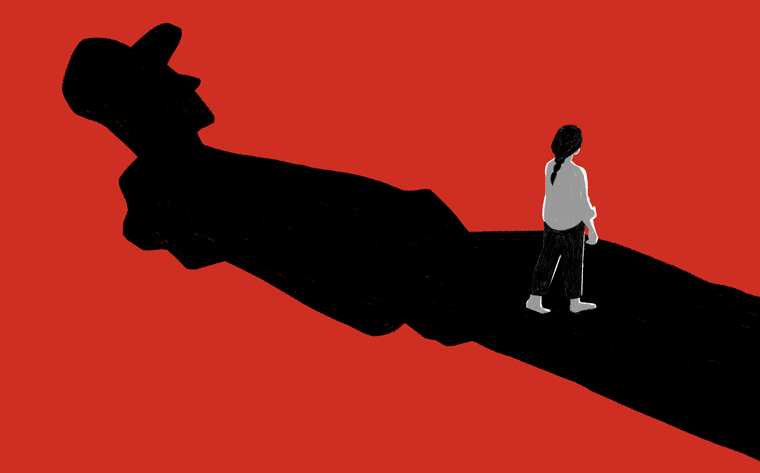
Over the past 100 years gender equality in the western world has improved dramatically. This is not to say that complete parity exists between the sexes. There are still significant economic differences (women are paid less than men for comparable work), discrimination issues (sexism in the workplace and military), domestic lopsidedness (women do the lion’s share of housework and child rearing in addition to often working full time outside of the home), and cultural attitudes (men are given more latitude in sexual behavior than women). But in comparison to 100 years ago, equity between the sexes in the west is better. Overall, these changes may be viewed as symptomatic of the west’s continuing shift to liberal democracy.
As the overall influence of the western world has spread through media and technology to the non-western world, the impact of gender equality has spread also. For a while this resulted in the emulation of liberal western values in non-western countries. For example, during the regime of Saddam Hussein in Iraq (a brutal and iron-fisted dictator) women were granted a degree of gender equality rarely seen today in the Middle East. Over a twenty-five year period, women entered the professional class as doctors, university professors and other high-level positions. The same was true in Iran during the Shah (another terrible dictator, to be sure). These changes corresponded chronologically to the women’s rights movements in the west.
But it was reported recently that Malaysia condemned four women to public caning for the crime of adultery, the first time this punishment has been used in modern Malaysia. Caning is essentially whipping using a stick instead of bound and braided animal hide, a painful and humiliating punishment. Throughout the non-western world, we see a resurgence of cultural fundamentalism that relegates women to the status of second or third-class citizens. As such, this is an explicit demonstration of patriarchy, the imposition of undemocratic forms of male-patterned dominance and aggression directed against women and the disenfranchised through harsh laws and brute force.
Intersecting cultural forces often produce friction. In the case of gender and sexuality, the advocacy of democratic equal rights by liberals has stimulated correspondingly harsh conservative cultural forces in America. A black President, gay rights advocates and powerful liberal women such as Speaker of the House of Representatives Nancy Pelosi have provoked intense “blow-back,” a systemic patriarchal reaction prompting political movements that support a correspondingly rigid set of rules, laws and attitudes.
Blow-back reveals the deeply embedded persistence of patriarchy as a world-wide cultural phenomenon. Here in the west, where we like to think we embody modern democratic ideals, patriarchal imperatives of domination are aggressively supported by men and women alike; hence potential presidential candidate Sarah Palin uses violence-laden imagery of rifle-sight cross-hairs on her Facebook page to target liberal politicians. Psychologist and author Carol Gilligan observes that within patriarchy the oppressed survive psychologically by silencing their own authentic voice and adopting the mantle and methods of the oppressor.
Despite the image of “real” men as powerful (and the same can said of nations), the harshness of patriarchy reveals deep fear of the feminine and loss of “manhood.” No other explanation explains the persistent historical and world-wide patterns of subjugation, dominance, discrimination, and gender inequality.
This begs the question: what is it about the feminine that so frightens patriarchy?